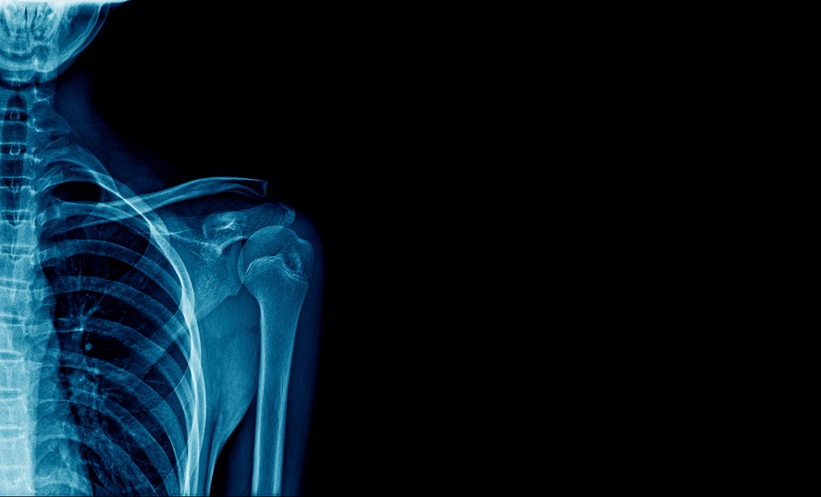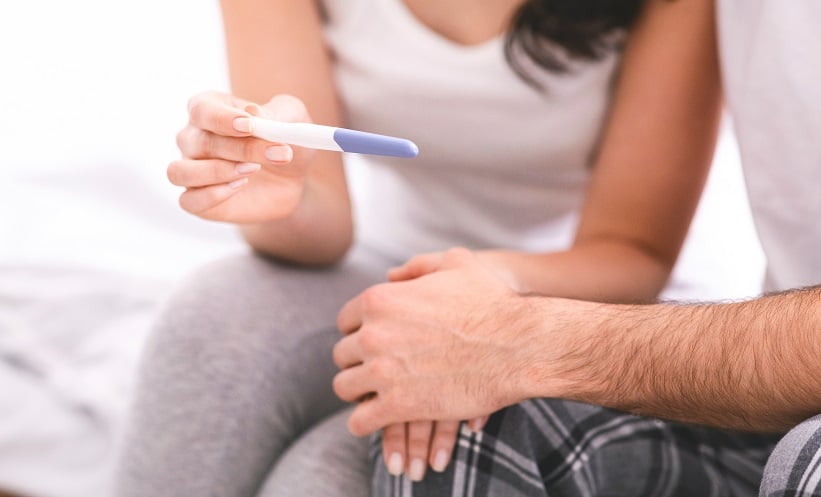RESEARCHERS in Japan have developed an artificial intelligence (AI) system capable of estimating both lumbar and femoral bone mineral density (BMD) using standard lumbar X-ray images—offering a new, accessible tool for early osteoporosis detection.
The study introduces a deep learning model trained on data from 1,454 individuals, including both their lumbar X-rays and dual-energy X-ray absorptiometry (DXA)-derived BMD values. The AI was designed not only to estimate bone density but also to classify patients into osteoporosis categories.
The system demonstrated strong performance. The estimated BMD values closely matched those from DXA scans, with low mean absolute error for both lumbar and femoral measurements. Sensitivity and specificity for identifying osteopenia were also high, indicating the system’s clinical reliability.
Importantly, the researchers emphasized that the AI tool is suitable not just for hospitals and clinics but could be used to screen individuals in the general population. This could expand access to osteoporosis screening, especially in areas where DXA machines are not readily available.
“Osteoporosis screening is a public health priority, especially with global aging trends,” the authors noted. “This AI model can support earlier diagnosis and treatment, potentially preventing future fractures and disability.”
The findings point to a future where AI-enabled X-ray analysis may become a low-cost, widely available method for catching early signs of bone weakness before serious complications occur.
Reference
Moro T et al. Development of Artificial Intelligence-Assisted Lumbar and Femoral BMD Estimation System Using Anteroposterior Lumbar X-Ray Images. J Orthrop Res. 2025;DOI: 10.1002/jor.70000.








